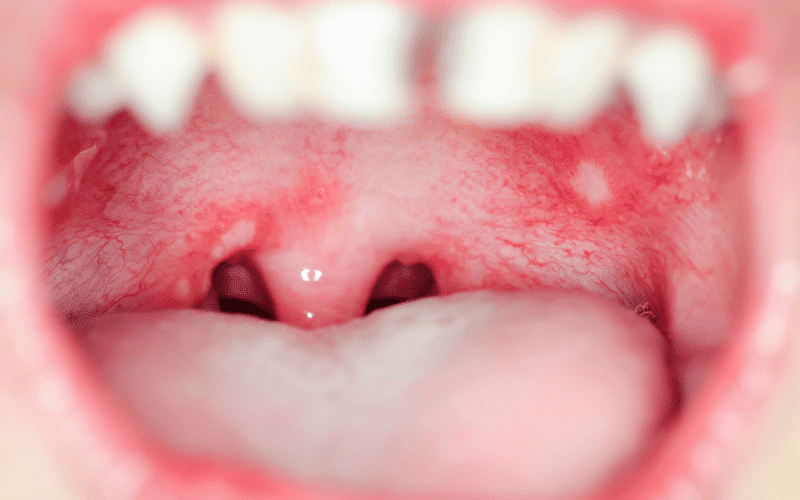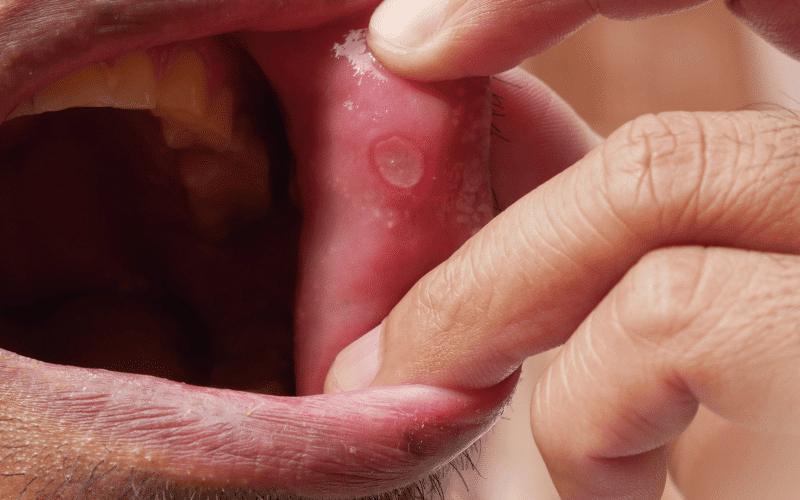Introduction: Getting to Know Behcet’s Disease

Behcet’s Disease (BD) is an enigma wrapped in a riddle. It’s a rare and peculiar condition that can affect various parts of the body, resulting in an array of perplexing symptoms. While each BD journey is unique, there are some common symptoms that individuals living with this condition often experience. This in-depth exploration will shed light on the top ten symptoms of BD, helping to demystify this rare disease.
The value of understanding these symptoms extends beyond academic interest. Early detection and treatment are critical in managing BD and preventing its more severe manifestations. BD can significantly impact one’s quality of life. Therefore, a comprehensive understanding of its symptoms can be the first step towards seeking professional medical help and getting on the road to recovery.
Anchored in the latest medical research and insights from experts in the field, this article aims to be an essential resource for anyone keen to understand BD in depth. It will help paint a clearer picture of this disease, enabling you to recognize its symptoms, understand its impacts, and ultimately, take the necessary steps towards managing it.
With this context in place, let’s delve into the top ten symptoms of Behcet’s Disease.
Symptom 1: Mouth Ulcers – The Initial Telltale Sign of Behcet’s Disease

Behcet’s Disease is often first marked by the appearance of mouth ulcers. Far from being standard sores, these ulcers are persistent, recurrent, and notably painful. They display themselves as shallow depressions with a white or yellowish center, surrounded by a distinct red border.
The manifestation of these ulcers differs significantly from the commonplace canker sores most people experience at some point in their lives. Their presence is typically more consistent, and they often surface in multiples. This recurrence can make everyday activities such as eating, drinking, or even speaking a painful endeavor.
Furthermore, these ulcers aren’t simply a fleeting nuisance. They tend to last one to two weeks before healing, only to reappear, thus marking a distressing and ongoing pattern. The persistent nature of these sores can lead to significant discomfort and interfere with one’s quality of life.
It’s important to note that while these ulcers are a common symptom of BD, their presence alone does not confirm the diagnosis of Behcet’s Disease. Other symptoms typically accompany them. However, their recurring nature and resistance to conventional treatments often provide the initial clue to medical practitioners about the possible onset of BD.(1)